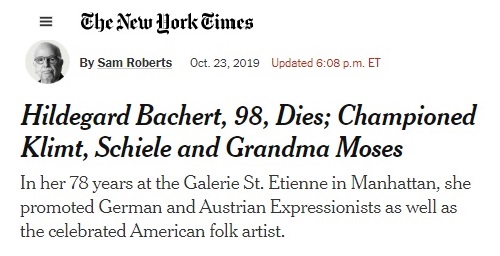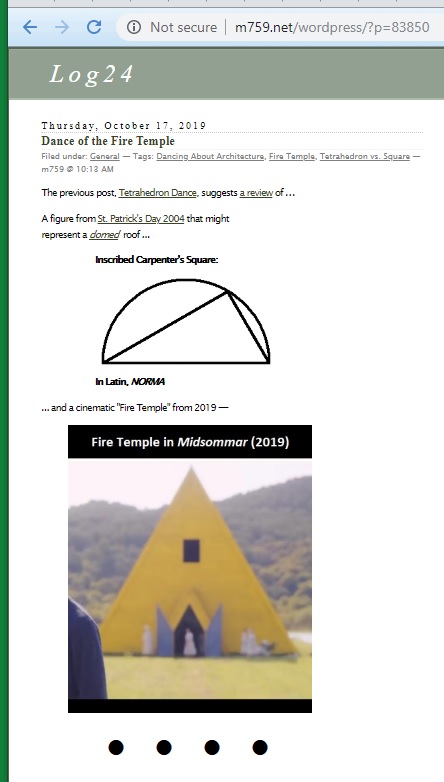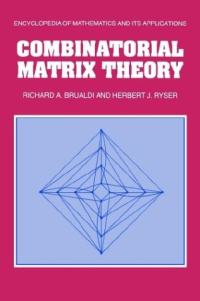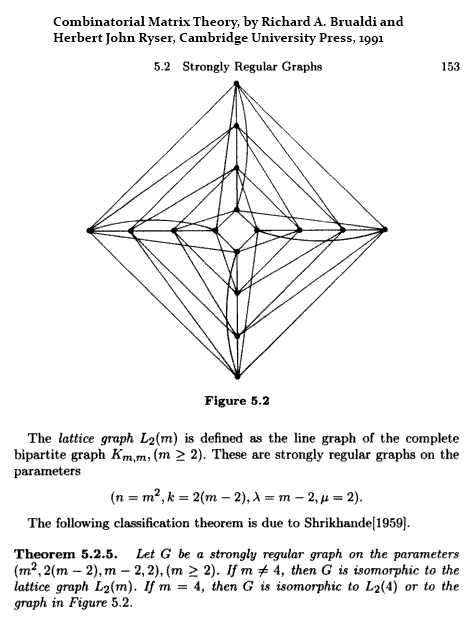Miss Sauvé
Homily on Flannery O’Connor
for the Sunday following Corpus Christi Day, 2002:
The part of her fiction that most fascinates me, then and now, is what many critics referred to as “the grotesque,” but what she herself called “the reasonable use of the unreasonable.” [Flannery O’Connor, Mystery and Manners: Occasional Prose, Robert and Sally Fitzgerald, eds. (New York: Farrar, Straus, 1969)]
A modest example comes to mind. In a short story …. the setting sun appears like a great red ball, but she sees it as “an elevated Host drenched in blood” leaving a “line like a red clay road in the sky.” [Flannery O’Connor, “A Temple of the Holy Ghost” from A Good Man is Hard to Find (New York: Harcourt, Brace & World, 1971)]
In a letter to a friend of hers, O’Connor would later write, “…like the child, I believe the Host is actually the body and blood of Christ, not just a symbol. If the story grows for you it is because of the mystery of the Eucharist in it.” In that same correspondence, O’Connor relates this awkward experience:
I was once, five or six years ago, taken by [Robert Lowell and Elizabeth Hardwick] to have dinner with Mary McCarthy…. She departed the Church at the age of 15 and is a Big Intellectual. We went and eight and at one, I hadn’t opened my mouth once, there being nothing for me in such company to say…. Having me there was like having a dog present who had been trained to say a few words but overcome with inadequacy had forgotten them. Well, toward morning the conversation turned on the Eucharist, which I, being the Catholic, was obviously supposed to defend. [McCarthy] said that when she was a child and received the Host, she thought of it as the Holy Ghost, He being the “most portable” person of the Trinity; now she thought of it as a symbol and implied that it was a pretty good one. I then said, in a very shaky voice, “Well, if it’s a symbol, to hell with it.” That was all the defense I was capable of but I realize now that this is all I will ever be able to say about it, outside of a story, except that it is the center of existence for me; all the rest of life is expendable. [Sally Fitzgerald, ed., The Habit of Being: The Letters of Flannery O’Connor (Vintage: New York, 1979) 124-125]
….There is, of course, something entirely preposterous and, well, unreasonable, almost grotesque, about the Catholic doctrine of the Real Presence. We claim, with a perfectly straight face, to eat the body and drink the blood of the Eternal Word of God, the second person of the Most Holy Trinity who, according to some, shouldn’t even have a body to begin with. But therein lies precisely the most outlandish feature of the Eucharist: namely, that it embodies the essential scandal of the Incarnation itself.
— Friar Francisco Nahoe, OFM Conv.
From James Joyce
A Portrait Of The Artist As A Young Man
Chapter 3 :
Why was the sacrament of the eucharist instituted under the two species of bread and wine if Jesus Christ be present body and blood, soul and divinity, in the bread alone and in the wine alone? Does a tiny particle of the consecrated bread contain all the body and blood of Jesus Christ or a part only of the body and blood? If the wine change into vinegar and the host crumble into corruption after they have been consecrated, is Jesus Christ still present under their species as God and as man?
— Here he is! Here he is!
From The Gazette, Montreal,
of Sunday, August 20, 1995, page C4:
“Summer of ’69,” a memoir by Judy Lapalme on the death by accidental drowning of her 15-year-old younger brother:
“I had never tasted pizza until Jeff died. Our family, of staunch Irish Catholic stock with more offspring than money, couldn’t cope with the luxury or the spice.
The Hallidays, neighbors from across the street, sent it over to us the day after the funeral, from Miss Sauvé’s Pizzeria, on Sauvé St., just east of Lajeunesse St. in Ahuntsic. An all-dressed pizza with the hard hat in the centre….
I was 17 that summer and had just completed Grade 12 at Holy Names High School in Rosemont….
…. Jeff was almost 16, a handsome football star, a rebellious, headstrong, sturdy young man who was forever locking horns with my father…. On Friday, Aug. 1, Jeff went out on the boat… and never came back….
The day after the funeral, a white Volkswagen from Miss Sauvé’s Pizzeria delivered a jumbo, all-dressed pizza to us. The Hallidays’ daughter, Diane, had been smitten with Jeff and wanted to do something special.
My father assured us that we wouldn’t like it, too spicy and probably too garlicky. There could not be a worse indictment of a person to my father than to declare them reeking of garlic.
The rest of us tore into the cardboard and began tasting this exotic offering — melted strands of creamy, rubbery, burn-your-palate mozzarrella that wasn’t Velveeta, crisp, dry, and earthy mushrooms, spicy and salty pepperoni sliding off the crust with each bite, green peppers…. Bread crust both crisp and soggy with tomato sauce laden with garlic and oregano.
It was an all-dressed pizza, tasted for the first time, the day after we buried Jeff….
The fall of 1969, I went to McGill…. I never had another pizza from Miss Sauvé’s. It’s gone now — like so many things.”
Ten thousand places
| AS kingfishers catch fire, dragonflies dráw fláme; |
|
| As tumbled over rim in roundy wells |
|
| Stones ring; like each tucked string tells, each hung bell’s |
|
| Bow swung finds tongue to fling out broad its name; |
|
| Each mortal thing does one thing and the same: |
|
| Deals out that being indoors each one dwells; |
|
| Selves—goes itself; myself it speaks and spells, |
|
| Crying Whát I do is me: for that I came. |
|
| |
| Í say móre: the just man justices; |
|
| Kéeps gráce: thát keeps all his goings graces; |
|
| Acts in God’s eye what in God’s eye he is— |
|
| Chríst—for Christ plays in ten thousand places, |
|
| Lovely in limbs, and lovely in eyes not his |
|
| To the Father through the features of men’s faces. |
— Gerard Manley Hopkins, 1844-1889
Flannery O’Connor
She died on August 3, 1964 at the age of 39.
In almost all of her works the characters were led to a place where they had to deal with God’s presence in the world.
She once said “in the long run, a people is known, not by its statements or statistics, but by the stories it tells. Fiction is the most impure and the most modest and the most human of the arts.”
Encounter – 02/17/2002:
Flannery OConnor – Southern Prophet:
… When a woman wrote to Flannery O’Connor saying that one of her stories “left a bad taste in my mouth,” Flannery wrote back: “You weren’t supposed to eat it.”
Etes-vous sauvé?

























